
Durga Puja, the grandest festival of West Bengal, is a vibrant celebration honoring Goddess Durga’s victory over the demon Mahishasura. Held every year in the month of Ashwin (September–October), this five-day festival fills the air with devotion, artistry, and cultural splendor. Cities like Kolkata, Howrah, and Siliguri transform into open-air galleries, with intricately crafted pandals (temporary structures) housing stunning idols of the goddess. The festival is more than just a religious observance—it is an emotion that unites people across communities.
The preparations for Durga Puja begin months in advance, with artisans in Kumartuli (Kolkata’s idol-making hub) meticulously shaping clay idols of Durga and her children—Lakshmi, Saraswati, Kartik, and Ganesha. Each pandal is themed uniquely, ranging from traditional temple replicas to modern art installations, making pandal-hopping a visual feast. The rhythmic beats of dhaak (traditional drums), the fragrance of incense, and the chanting of mantras create a deeply spiritual atmosphere.
Durga Puja is also a celebration of culture and community. Evenings are filled with performances of dance, drama, and music. Stalls around pandals serve mouth-watering Bengali delicacies like phuchka, kathi rolls, ilish maach, and mishti doi. People wear their best traditional attire, with sarees, kurta-pajamas, and vibrant ornaments adding to the festive charm. On Ashtami, the sacred pushpanjali (flower offering) is performed, and on Dashami, married women smear each other with vermillion in the traditional Sindoor Khela before bidding farewell to the goddess.
Best time to visit: September to October
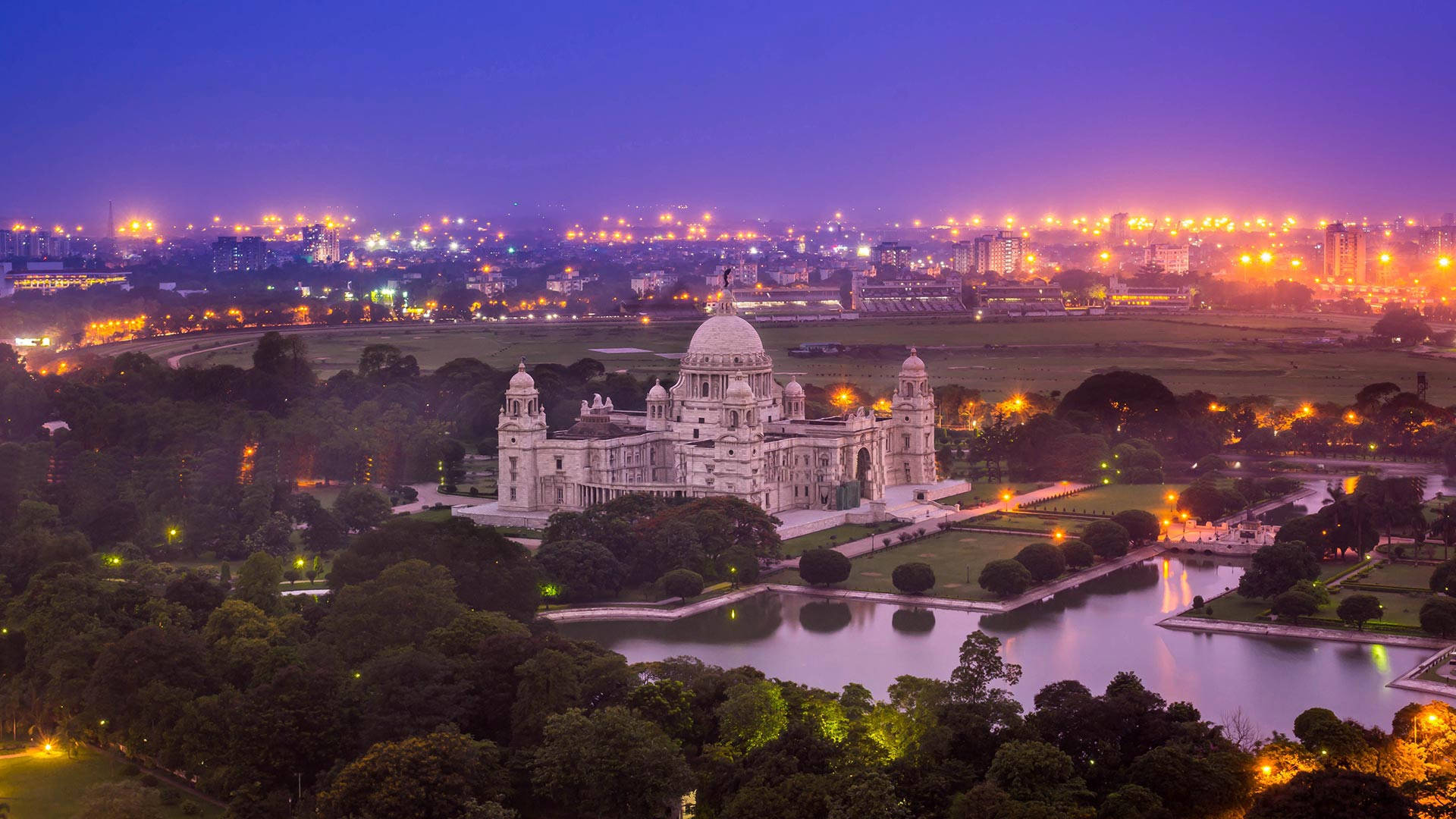
Kolkata, the capital of West Bengal, is often called the “City of Joy” for its warmth, culture, and vibrant spirit. Known for its colonial architecture, bustling markets, intellectual heritage, and soulful street food, Kolkata blends old-world charm with modern dynamism. The city stands proudly along the Hooghly River, offering stunning views from spots like Prinsep Ghat and Millennium Park. Kolkata is also India’s cultural capital, home to poets, artists, filmmakers, and musicians who have shaped the nation’s creative identity.
The city’s colonial past is visible in landmarks such as the Victoria Memorial, an elegant marble monument dedicated to Queen Victoria, and the Howrah Bridge, an engineering marvel connecting Kolkata to Howrah. The bustling College Street is a paradise for book lovers, lined with endless bookshops and the historic Indian Coffee House. Spiritual seekers often visit Dakshineswar Kali Temple and Kalighat Temple, both deeply significant in Hindu worship. Kolkata also embraces modernity with malls, art galleries, and vibrant nightlife.
The cultural fabric of Kolkata comes alive during festivals, especially Durga Puja, when the entire city turns into a glowing celebration of art, devotion, and community spirit. Theatre, music concerts, and film screenings are part of everyday life here, with events like the Kolkata International Film Festival drawing global attention. Bengali cuisine is another highlight—treats like rosogolla, sandesh, misti doi, kosha mangsho, and ilish maach are must-tries.
Best time to visit: October to March
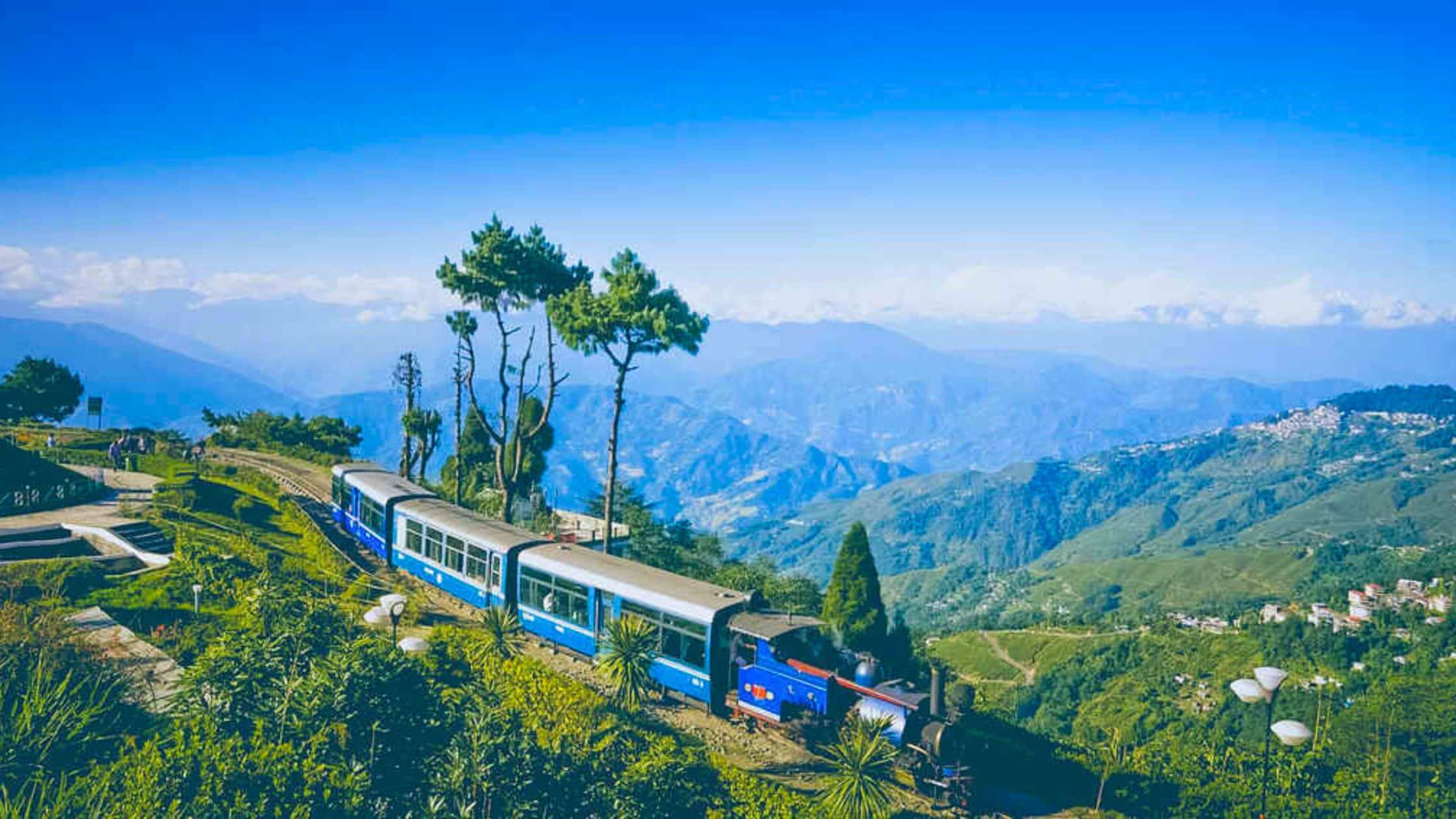
Darjeeling, nestled in the Himalayan foothills of West Bengal, is lovingly called the “Queen of the Hills”. Famous for its panoramic views of the snow-clad peaks of Kanchenjunga, lush tea gardens, and colonial charm, Darjeeling offers a perfect blend of natural beauty and cultural richness. The crisp mountain air, winding roads, and vibrant monasteries make it a haven for travelers seeking peace and scenic wonder.
One of the most iconic experiences here is riding the Darjeeling Himalayan Railway, a UNESCO World Heritage Site, often referred to as the “Toy Train.” The journey takes you through picturesque landscapes, tea plantations, and charming villages. The town itself is dotted with attractions like the Padmaja Naidu Himalayan Zoological Park, Himalayan Mountaineering Institute, and the beautiful Japanese Peace Pagoda. Batasia Loop offers both engineering marvel and breathtaking mountain vistas.
Darjeeling is also a paradise for tea lovers, with sprawling estates producing the world-renowned Darjeeling Tea. You can visit tea gardens such as Happy Valley Tea Estate to witness tea processing and savor fresh brews. The bustling Mall Road and Chowrasta are perfect for evening strolls, local shopping, and indulging in Tibetan delicacies like momos and thukpa. Nearby destinations like Tiger Hill offer unforgettable sunrise views, where the first rays of the sun bathe Kanchenjunga in golden light.
Best time to visit: March to May and October to November
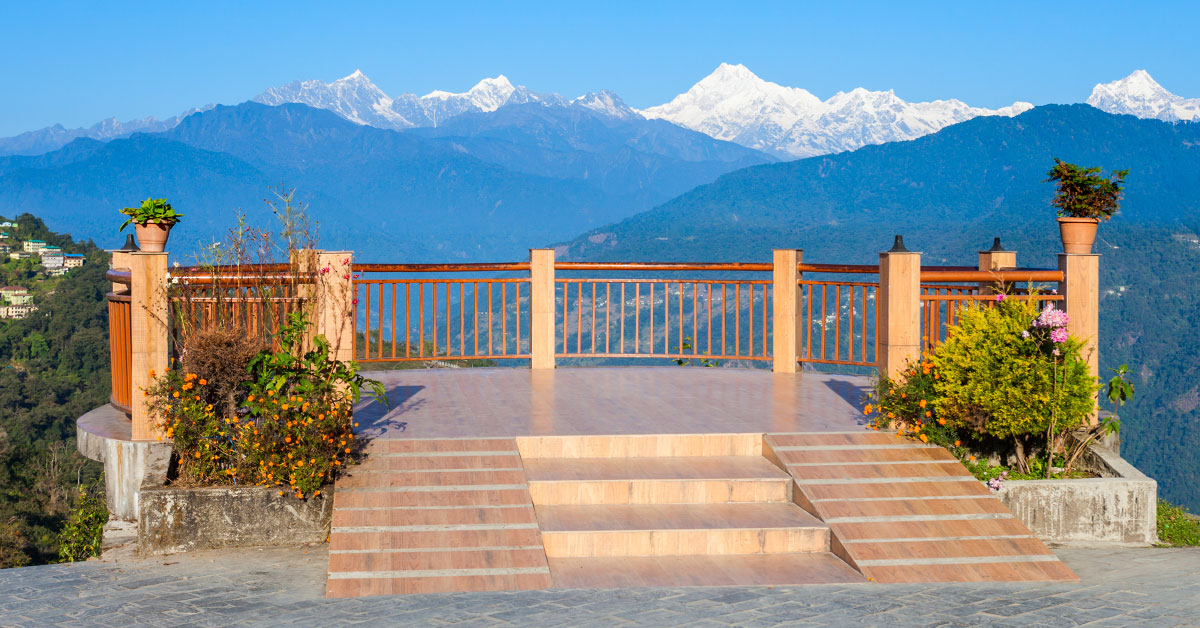
Bagdogra, often called the “Gateway to North Bengal and Sikkim”, is a small yet significant town in West Bengal, located at the foothills of the Himalayas. While it’s primarily known for its airport that connects travelers to popular hill stations like Darjeeling, Sikkim, and the Dooars region, Bagdogra itself offers serene landscapes, lush tea gardens, and a calm atmosphere that makes it more than just a transit point.
The charm of Bagdogra lies in its sprawling tea estates and the gentle flow of the Teesta River nearby. Adventure lovers can enjoy river rafting in Teesta, while nature enthusiasts can visit the surrounding hills and forests. The nearby Mahananda Wildlife Sanctuary is home to elephants, tigers, and a variety of exotic birds, making it a treat for wildlife lovers.
For those who enjoy slow travel, Bagdogra offers a peaceful setting to unwind before or after exploring the mountains. Its proximity to scenic locations like Mirik Lake, Kalimpong, and the Dooars tea belt makes it an excellent base for short trips. The climate is pleasant for most of the year, with cool breezes hinting at the Himalayan freshness.
Best time to visit: October to March

Digha, often called the “Brighton of the East”, is one of West Bengal’s most popular seaside destinations, famous for its long sandy beaches and stunning sunsets over the Bay of Bengal. Located about 185 km from Kolkata, it is a favorite weekend getaway for families, couples, and friends looking for a relaxing escape by the sea.
The main attraction is Digha Beach, which is divided into Old Digha and New Digha. While Old Digha retains a rustic charm with rocky embankments and local seafood stalls, New Digha offers a cleaner, wider beach and better tourist facilities. Beyond the beach, attractions like Amarabati Park, Marine Aquarium and Regional Centre, and Digha Science Centre add variety to the trip.
Adventure seekers can enjoy activities like horse riding on the beach, beach cycling, and even short boat rides. Food lovers will relish the freshly caught fish, prawns, and crabs served in small seaside shacks. Evening strolls along the shoreline, with the sea breeze and sound of waves, create a calming experience for every traveler.
Best time to visit: October to February
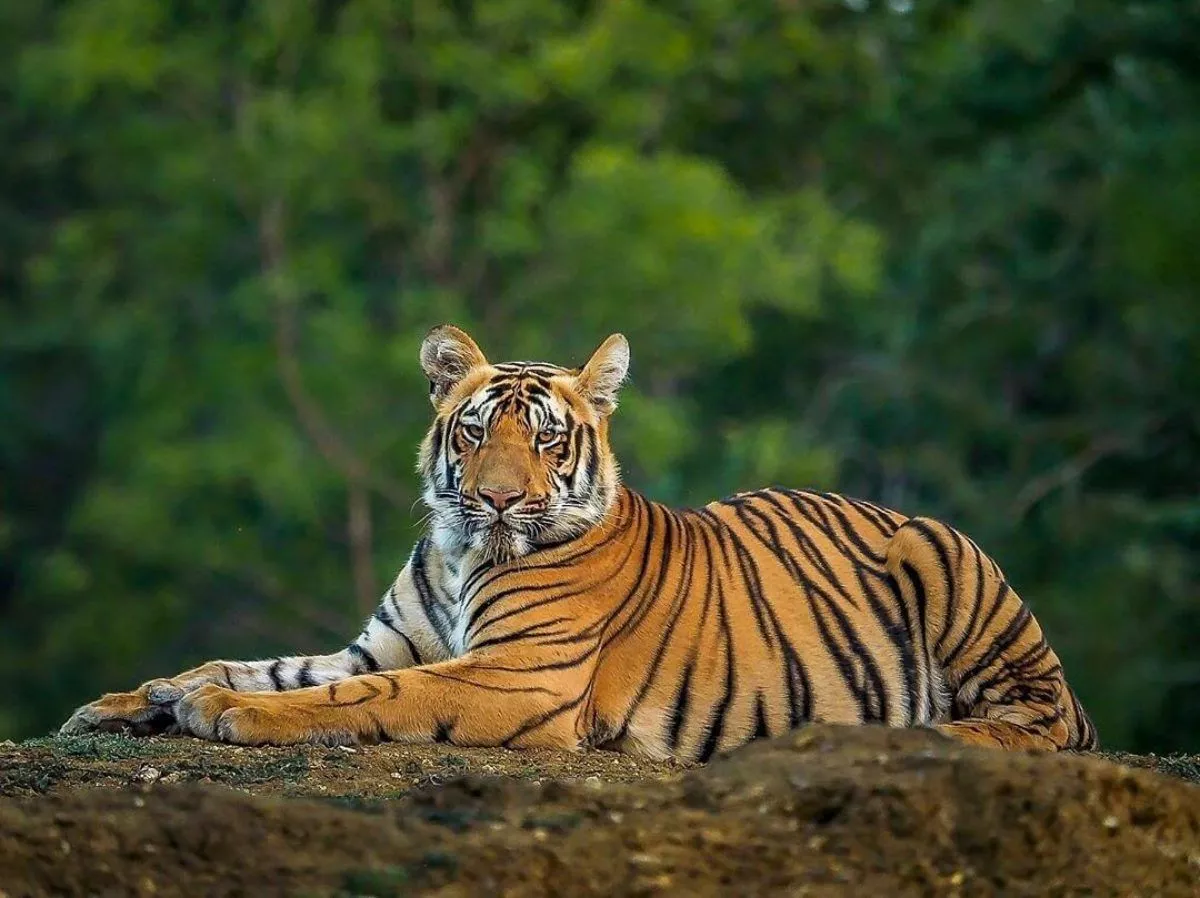
The Sundarbans, a UNESCO World Heritage Site, is the world’s largest mangrove forest, sprawling across India and Bangladesh, with its Indian portion located in West Bengal. It is famous for its dense mangrove network, intricate waterways, and unique biodiversity, especially being the home of the Royal Bengal Tiger. The area is also rich in folklore, with stories of the forest goddess Bonbibi and mysterious tiger encounters adding a mythical touch to its beauty.
Apart from the tigers, the Sundarbans is home to saltwater crocodiles, spotted deer, fishing cats, monitor lizards, and hundreds of bird species. The forest is crisscrossed by rivers, tidal channels, and creeks, making it accessible only by boats. This creates an adventurous experience as visitors explore watchtowers like Sajnekhali, Sudhanyakhali, and Dobanki, which offer stunning views of wildlife and the mangrove landscape.
The region also plays a crucial role in protecting coastal areas from storms and cyclones, acting as a natural barrier. Local villages give a glimpse of a lifestyle deeply intertwined with the forest and its tides, with fishing, honey collection, and crab catching being common livelihoods.
The Sundarbans offers a rare blend of adventure, nature, and culture. The serene boat rides, the thrill of spotting a tiger, and the haunting beauty of the mangroves make it a must-visit for nature lovers and explorers.
Best time to visit: November to February
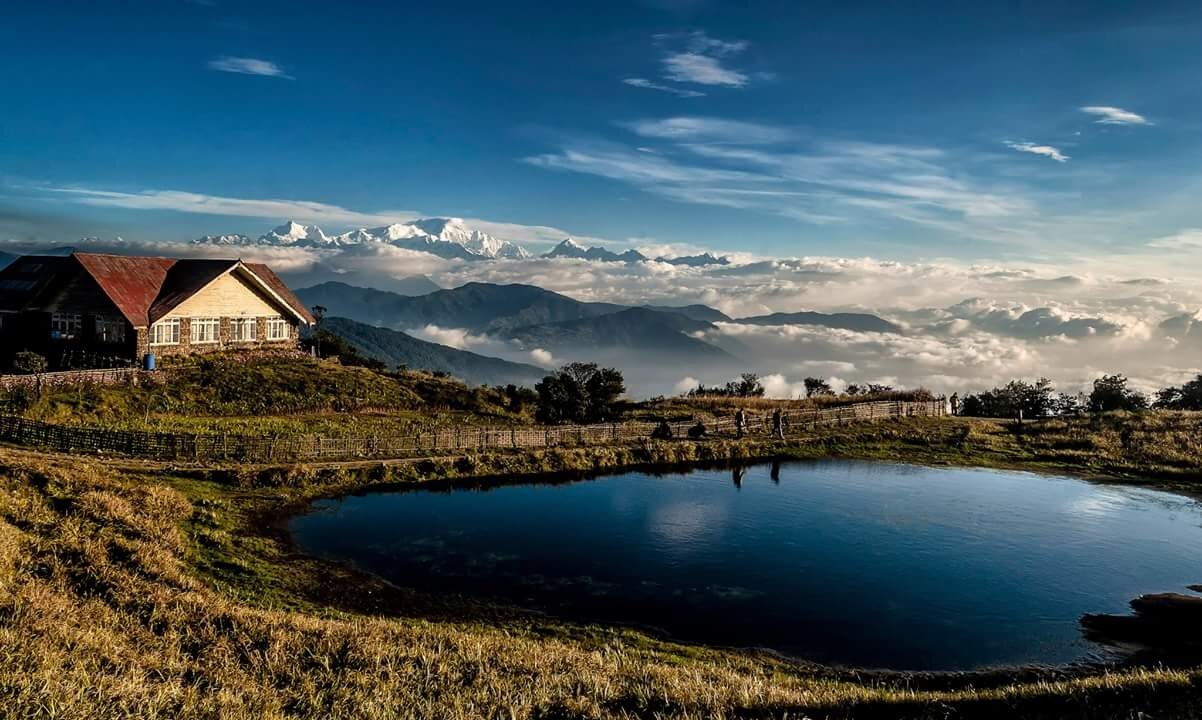
Tonglu, a serene hamlet in the Darjeeling district of West Bengal, is perched at an altitude of about 10,130 feet on the famous Sandakphu trek route. Known for its breathtaking views of the snow-clad Kanchenjunga and surrounding peaks, Tonglu offers a peaceful escape from the chaos of city life. It is a popular stopover for trekkers heading towards Sandakphu and Phalut, and its remote charm makes it equally appealing to those seeking solitude.
The village is surrounded by rhododendron and magnolia forests that bloom vibrantly in spring, turning the landscape into a colorful canvas. On clear days, visitors can even catch glimpses of Mount Everest in the distance. The crisp mountain air, combined with the calm environment, makes it a rejuvenating retreat.
Tonglu also lies close to the Singalila National Park, so wildlife enthusiasts may spot rare species such as the red panda, Himalayan monal, and various migratory birds. The region offers basic but cozy homestays and trekker huts, which enhance the authentic mountain experience.
Best time to visit: March to May and October to December

Dooars, located in the foothills of the eastern Himalayas, is a lush green gateway to the hill stations of North Bengal and Bhutan. The name “Dooars” comes from the word “doors,” as this region historically served as an entry point to Bhutan. Spread across West Bengal and Assam, Dooars is famed for its rolling tea gardens, dense forests, and shimmering rivers like Teesta, Jaldhaka, and Torsa.
The region is home to several renowned wildlife sanctuaries and national parks, such as Gorumara National Park, Jaldapara National Park, and Buxa Tiger Reserve. These forests are rich in biodiversity, offering chances to spot elephants, Indian bison, leopards, one-horned rhinoceroses, and a variety of exotic birds. Safari rides in these reserves are among the top attractions for visitors.
Dooars also captivates travelers with its charming rural life, vibrant local markets, and traditional tribal culture. The tea estates here produce some of the finest aromatic teas, and the surrounding hills and valleys make it a paradise for photographers and nature lovers.
With its unspoiled landscapes, adventure opportunities, and tranquil vibe, Dooars is perfect for both relaxation and exploration.
Best time to visit: October to May
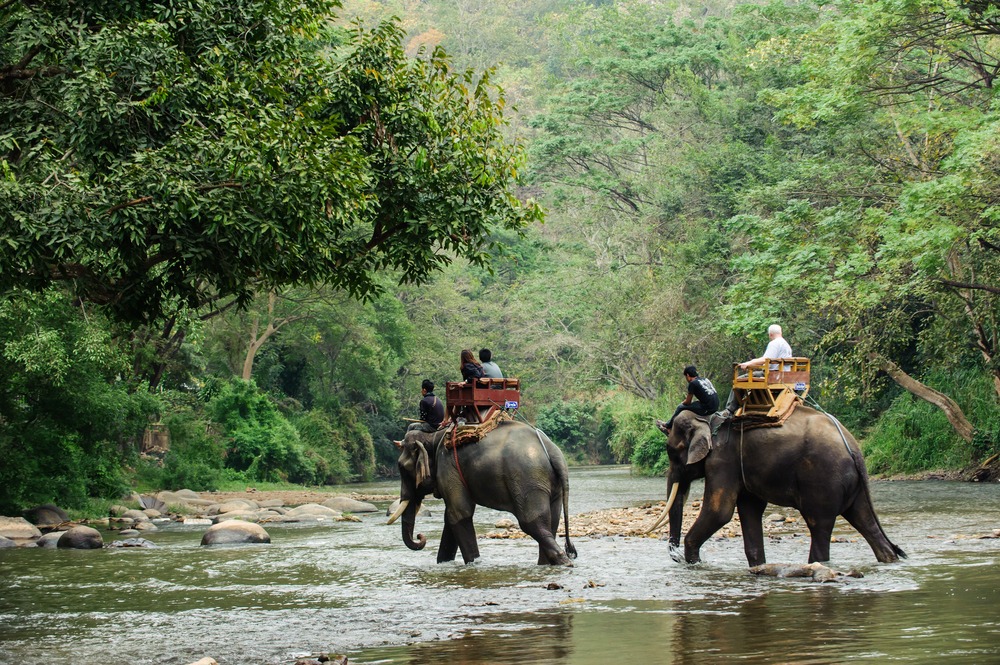
Jaldapara National Park, located in the Alipurduar district of West Bengal, is one of India’s most famous wildlife sanctuaries, particularly known for its population of the rare one-horned rhinoceros. Spanning over 200 square kilometers, the park is a mix of riverine forests, grasslands, and perennial streams, creating a rich habitat for diverse wildlife. Situated at the foothills of the Eastern Himalayas, it offers a picturesque escape into nature.
Apart from the rhinos, Jaldapara is home to wild elephants, leopards, Indian bison (gaur), hog deer, sambar, and a rich variety of reptiles and amphibians. Bird enthusiasts will find it a paradise, as it shelters species like the crested eagle, pied hornbill, and the rare Bengal florican. The elephant safari here is a highlight, providing visitors with a close and safe view of the wildlife in their natural environment.
The park is also culturally significant, with nearby villages inhabited by tribal communities such as the Toto and Rabha, whose traditions add an enriching layer to the visit. The meandering rivers Torsa, Malangi, and Hollong enhance the scenic charm of the area, making it a haven for photographers and nature lovers.
Best time to visit: October to May
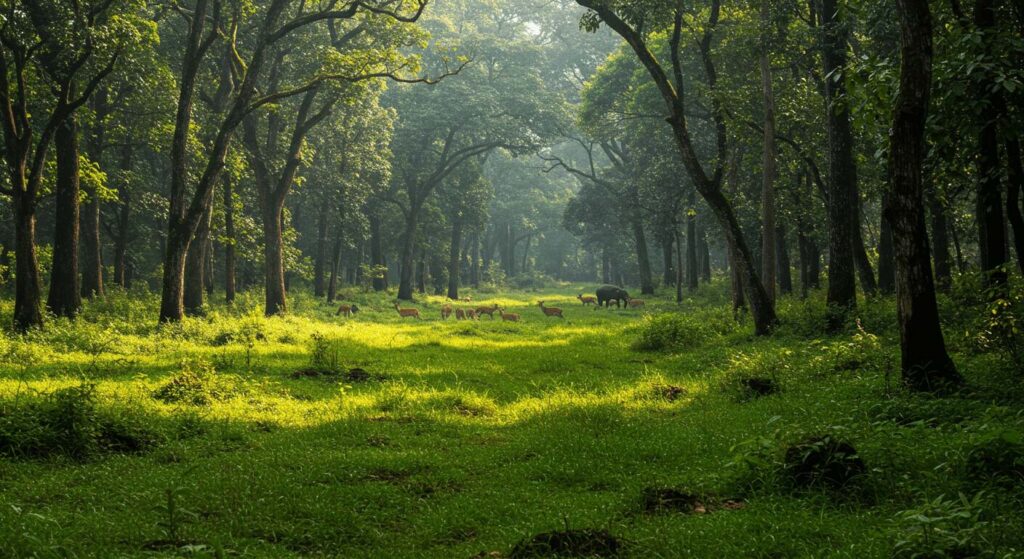
Lataguri, located on the outskirts of Gorumara National Park in the Dooars region of West Bengal, is a charming gateway to wildlife and natural beauty. This small town is known for its serene environment, lush tea gardens, and proximity to some of the most biodiverse forests in the Eastern Himalayas. It serves as a base for travelers exploring Gorumara and Chapramari Wildlife Sanctuary, making it a popular stop for nature and adventure lovers.
The primary attraction of Lataguri is the jungle safari into Gorumara National Park, where visitors can spot Indian bison, elephants, leopards, deer, and a variety of bird species like hornbills and peacocks. The safaris, organized in both mornings and evenings, are thrilling experiences for wildlife enthusiasts. Lataguri also has a Nature Interpretation Centre that provides valuable information about the region’s flora, fauna, and conservation efforts.
Apart from wildlife, Lataguri is surrounded by scenic landscapes of rolling tea estates, rivers, and forest trails that are perfect for leisurely walks and photography. The nearby Murti River is a tranquil picnic spot, and the sight of the sun setting behind the forest canopy is a serene experience you shouldn’t miss.
Best time to visit: November to Apri
